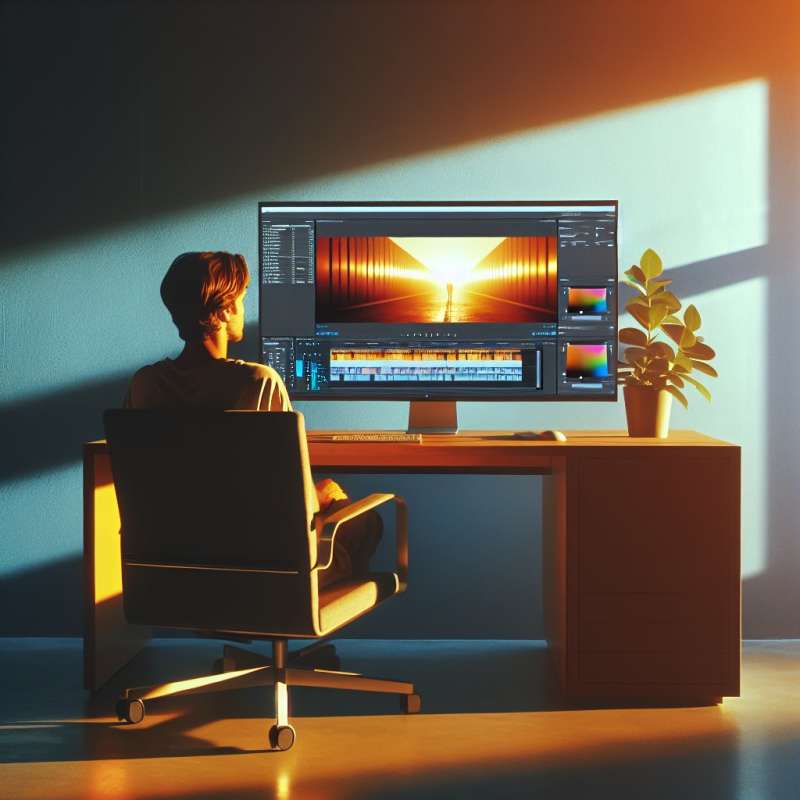
The Cut's Evolution
The cut, a fundamental technique in editing, has evolved. Originally a simple transition, it now conveys time shifts, juxtaposes scenes, or creates emotional responses with its rhythm and timing.
Montage Theory Impact
Soviet filmmaker Sergei Eisenstein pioneered the Montage Theory. By editing disparate shots to form a sequence, he demonstrated that film could manipulate time and convey complex ideas through collision of images.
Cross-Cutting Technique
Cross-cutting, or parallel editing, creates tension by cutting between two or more scenes happening simultaneously. This technique, especially effective in thrillers, heightens the drama by contrasting the unfolding events.
Jump Cuts and Time
Jump cuts, once considered a mistake, are now a stylistic choice. By abruptly showing a single scene's progression, they create a jarring effect, emphasize time passage, or illustrate a character's inner turmoil.
Match Cut's Visual Power
A match cut transitions two scenes by linking similar visual elements. This seamless editing trick can draw symbolic connections or propel the narrative forward in a visually striking manner.
J and L Cuts
J and L cuts blend audio and visuals from adjacent scenes. Named after their shapes on the editing timeline, these cuts allow sound to lead or linger, smoothing transitions and enriching the storytelling.
Color Grading's Emotional Hue
Color grading does more than correct inconsistencies; it sets the film's mood. By altering color temperatures and contrasts, editors evoke emotions and guide the audience's perception of the story.
What does a cut originally convey?
Emotional rhythm and timing
Simple scene transitions
Complex narrative ideas
Company